With a new school year underway, we’ve looked at the subjects senior pupils are most and least likely to be studying.
English is by far the most popular Higher course in Angus, Dundee, Fife and Perth and Kinross schools.
More than double the number of pupils sat a Higher English exam this year – 4,225 – than did the second favourite maths – 1,930.
But far fewer teenagers appear keen to learn a foreign language, with the most popular – Spanish (215 candidates) closely followed by French (185) – half way down our ranking, and German (between 47 and 53) and Italian (between 16 and 19) faring even worse.
After completing National 5s in S4, pupils continuing into S5 and S6 choose which subjects they wish to take for Highers and Advanced Highers, usually a maximum of five.
To create our table, we used the number of entries recorded by the Scottish Qualifications Authorities for 2023 in its attainment statistics released on exam results day.
Vote: Tell us what your favourite school subject was in the poll below.
Physical Education was the third most popular subject, and many young people showed a strong interest in science, with chemistry, physics and human biology all in the top 10.
Despite the ubiquitous role of computers in modern society and the rise of AI, computing science was chosen by only 375 local pupils – accounting for around 1.75% of the courses taken.
We also compared the popularity of subjects this year with 10 years ago Scotland-wide – and found many had disappeared altogether (Russian, anyone?)
The biggest decline we noted was in the number of pupils studying for a childcare and development Higher, compared with its far more popular equivalent in 2013, early education and childcare.
Care also saw a big drop-off, with class numbers halved.
Goodbye Russian
And quite a number of subjects taken at Higher level in 2013 have completely disappeared now.
They include:
- Classical Greek
- Russian
- Biotechnology
- Geology
- Managing environmental resources
- Beauty
- Building construction
- Travel and tourism
By contrast, politics has seen a huge surge, with almost five times as many young people studying the subject as did a decade ago.
Higher PE was not as popular 10 years ago as it is today, with the number taking it close to doubling.
Why is Higher PE so popular?
The Higher PE course combines physical activity with classroom-based lessons in which pupils learn about factors affecting sporting performance.
PE teacher Ross Robinson, from Perth High School, reckons the popularity stems from physical and mental health being put at the centre of the curriculum and young people and their parents being keen to make physically activity part of the school day.
He said: “I also think that PE departments across the authority [Perth and Kinross] are doing an exceptional job of showing our young people that PE is more than just sport and physical activity, but is an opportunity to develop skills for life such as communication, leadership and teamwork in a slightly different context to being in a classroom.”
What careers can PE lead to?
“The more young people that we can have being engaged in physical education in our schools the better.
“The physical benefits of taking part in high intensity physical education are well known, but looking after the mental health of our young people is absolutely vital and regular physical activity through PE lessons is a great way to do this.
“Physical activity is linked to improved mood, reduced stress, and enhanced cognitive function so we can see the link between physical education and improved physical health, improved mental health and increased attainment in other subjects.”
And a PE qualification is useful for many career paths, says Ross.
“People associate physical education qualification with a career in the sport industry which is absolutely correct – we see a large number of young people moving into sports coaching, sports science and the leisure industry, but the skills developed in the subject are more widespread than that.
“The subject serves as an exceptional platform for developing competencies in decision-making, problem-solving, and collaborative teamwork to name but a few.”

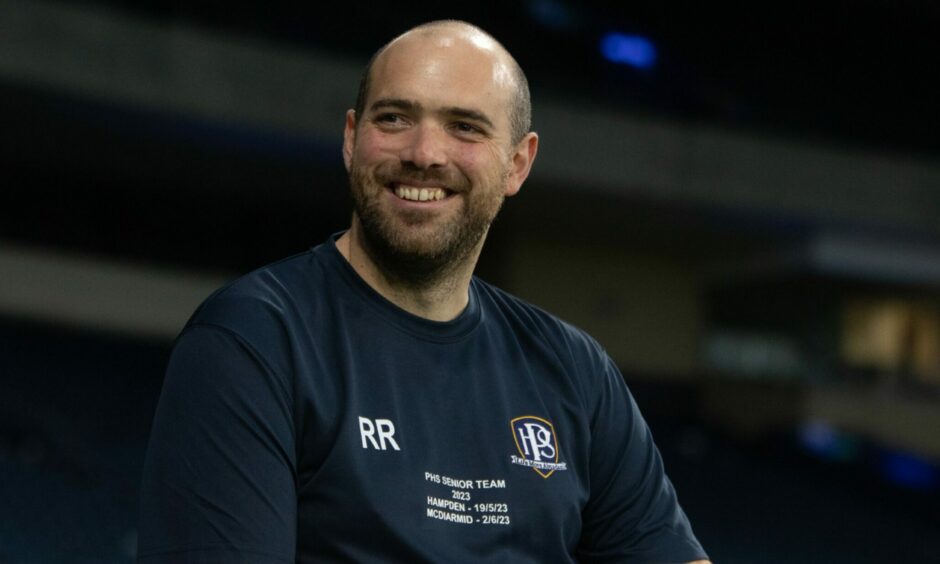

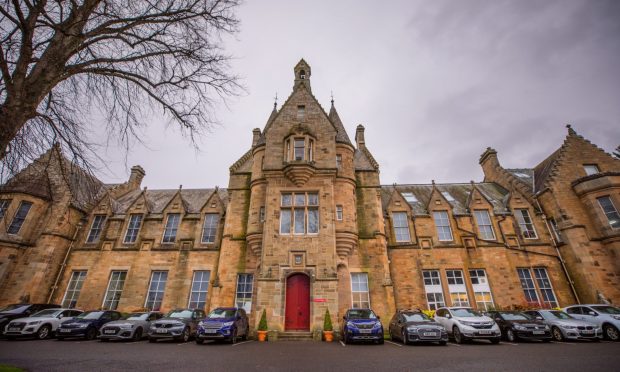



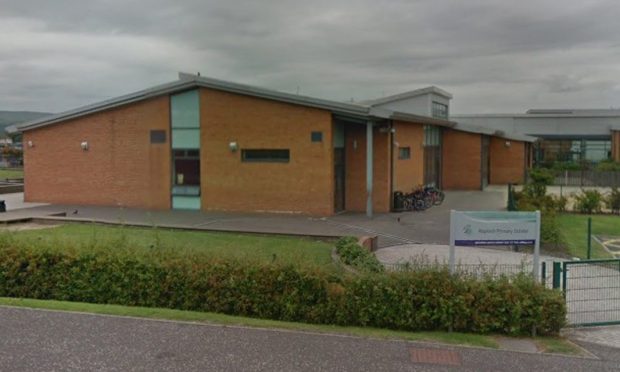

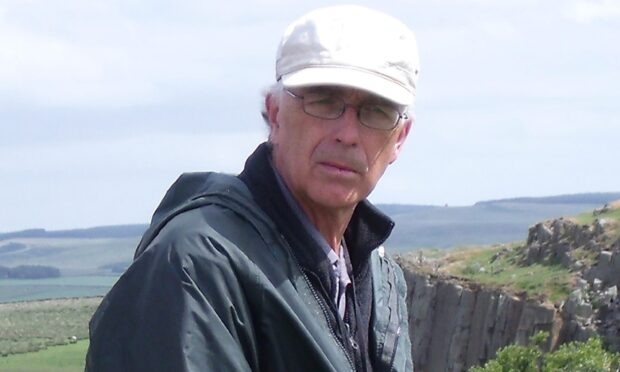
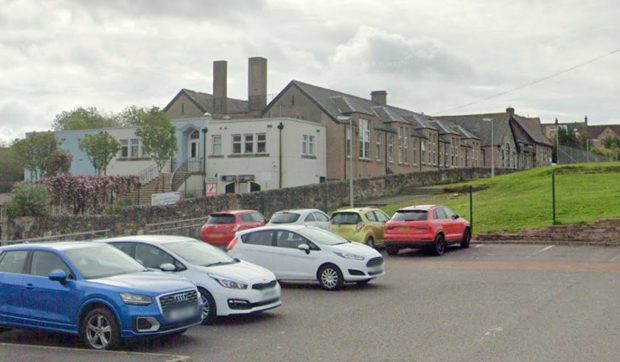
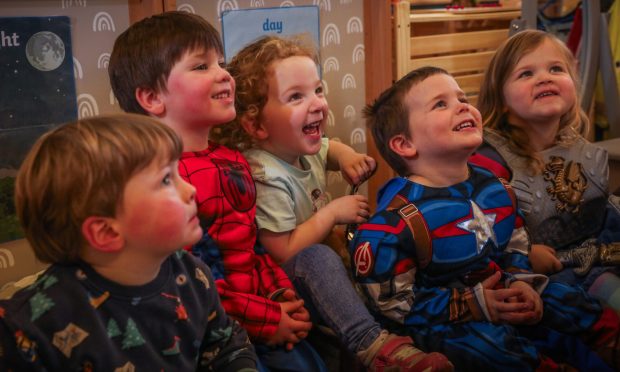
Conversation